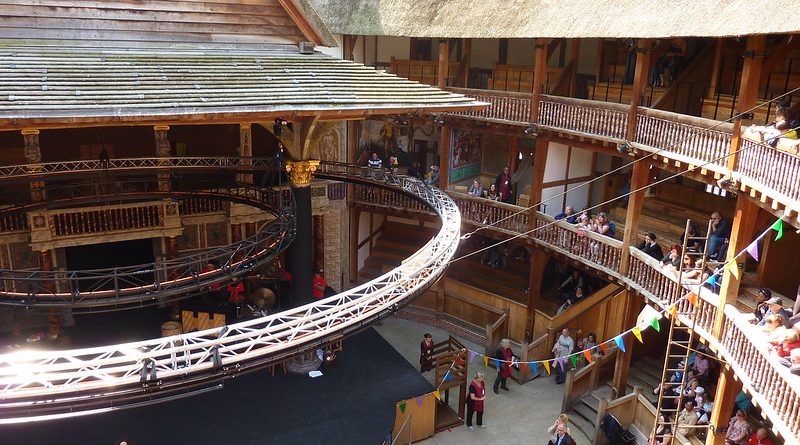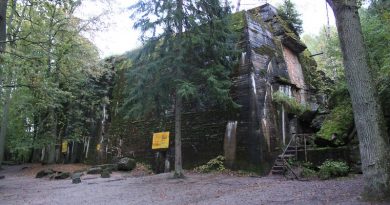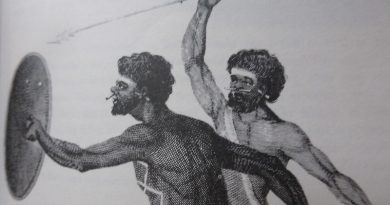Shakespeare’s Globe Theatre
Quick Facts:
Where: Southbank, London, England
When: Built in 1599, re-constructed in 1997
History: Former site of William Shakespeare’s regal patronage Elizabethan theatre, lovingly re-constructed in recent times
Go there for: An authentic production of superb 400 year old theatre, and wonder at the attention to detail of the building’s re-construction
Who was William Shakespeare?
Renowned around the world as the greatest playwright of all time, William Shakespeare came to London in from his hometown of Stratford-Upon-Avon in the 1680s to make his fortune. Legend has it that his first contact with the theatre was as a handy man and that one of his tasks was to look after the horses of wealthy patrons attending the theatre. He wasn’t doing such menial tasks for long however and by the 1590s Shakespeare had firmly established himself in the theatre world.
During the second half of the 16th century, William Shakespeare went on to write some of the greatest literary works in the English language with poetry and plays including Romeo and Juliet, A Midsummer Night’s Dream, Othello and Hamlet.
Shakespeare’s Globe Theatre
The Globe Theatre was closely tied to the Bard’s fortunes and staged the majority of his most famous plays. It was built in 1599 by Shakespeare’s long-standing associate Cuthbert Burbage, brother of the most famous Shakespearean actor of the Elizabethan age, Richard Burbage, who played his greatest characters including Hamlet, Othello and King Lear.
In 1597 Burbage had inherited another London theatre in the north – known simply as ‘The Theatre’ – as well as an associated problem; although the edifice belonged to him the land it was leased on didn’t. To circumvent the problem he simply pulled it down and used the materials to construct the Globe on the Bankside of the river in 1598.
The Globe, an open-air octagonal amphitheatre which could seat 2-3,000 people, was not under the formal jurisdiction of London itself; its position on the south side of the river put it in the Southwark district. Alongside its three major competitors – the Swan, the Rose and the Hope – it was in the ‘sporting district’ of Greater London, an area full of establishments accommodating pastimes condemned by the authorities, including the theatre, cock-fighting, bear-baiting and drinking in taverns, but was outside their legal reach. Acting was considered a ‘purple profession’ by at least the most conservative elements of England, making it a precarious way to make your living.
Most actors were pulled up on charges of vagrancy several times during their career if they weren’t under the protection of a powerful sponsor – this is what set apart the Globe and its troupe – they were formally patronised by the Lord Chamberlain of Queen Elizabeth (‘Chamberlain’s Men’) and then by King James (‘His Majesty’s Servants’). From the 1590s the troupe emerged as the turbine of a revitalised and extraordinary vibrant Elizabethan stage world; Shakespeare wrote and staged some of his best known plays during this decade including Romeo and Juliet, A Midsummer Night’s Dream and The Merchant of Venice. Firmly established as theatre’s leading light under the reign of James I he went on to stage his increasingly political plays including Othello, King Lear and Macbeth.
The Globe burnt down in 1613, during the performance of Henry VIII in which a cannon shot ignited the thatched roof of the gallery. It was rebuilt and continued its business after Shakespeare’s death (in 1616) until the Puritans shut down London’s theatres in 1642. In 1644 Cromwell’s Round Heads razed the theatre to make way for tenement housing.
The new Globe
Few documents on the structure of the Globe remained after it was destroyed and its form and layout became an enigma. The American actor Sam Wanamaker set up the Shakespeare Globe Playhouse Trust in 1970 with the dream of reconstructing the theatre as it the playwright knew it. That wish came to fruition after research by Professor John Orrell in the early 1980s and the discovery of the Globe’s original foundations in 1989.
The Globe now stands 200 yards from its original site, on the south bank of the Thames near the Tate Modern art gallery. It was built using traditional materials; the circular structure is made up of twenty wooden bays (each three storeys high), the walls are made from lime plaster and the stage roof is thatched.
The back wall of the stage is elaborately decorated in its original style – early classical with three openings. Huge oak pillars (painted to look like marble) support the Heavens (the painted canopy above the stage). It opened in 1997 and has proved fantastically popular ever since, such is the authenticity of the performances – for just £5 (the equivalent of a penny paid by the ‘groundlings’ in Shakespeare’s time) you can watch from the yard, the standing area in front of the stage, but you’ll be at the mercy of the great English weather!
Not only can you see performances at the Globe, but you can also take a tour and learn more about the original Globe’s amazing history and its modern re-construction, and there are theatre and poetry classes, a library and a mine of literary information for the visitor to explore.




